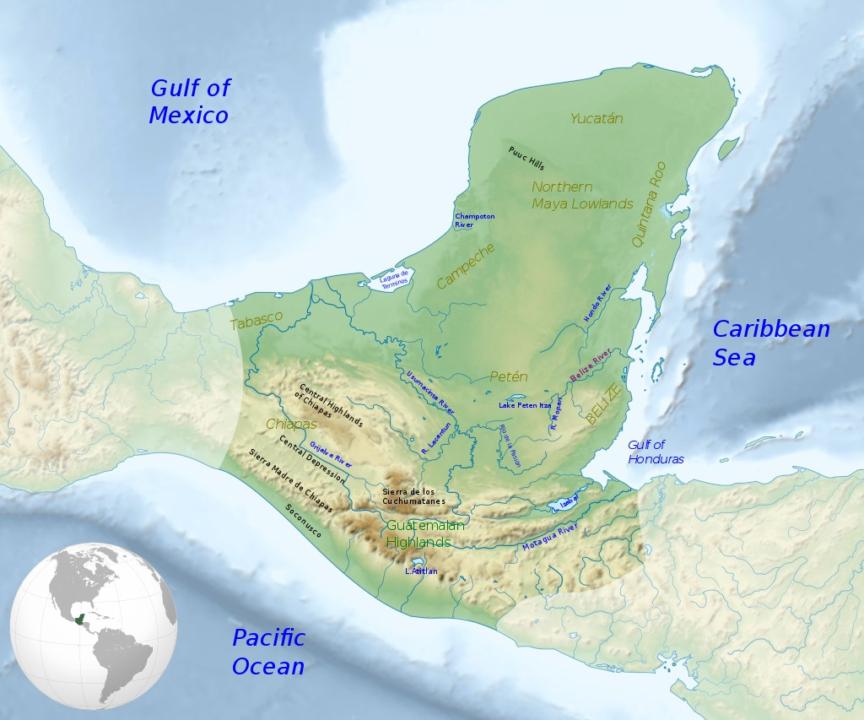During colonization of Mexico, a Spanish Roman Catholic priest named Diego de Landa arrived to spread Christianity and burnt several Maya books. Once recalled back to Spain due to the severity of his actions during his missionary work, Landa was charged with writing a document describing Maya life, including his attempt at recording the Maya alphabet. The document was lost until 1863 and became known as Landa's alphabet, which was the most used reference for deciphering the Maya script.
In mid-twentieth century, Sir Eric Thompson, the leading Maya scholar, proposed the idea that Maya texts were semantic ideas rather than language and did not represent historic events and believed that the Mayans were peaceful and gentle people. These beliefs delayed Maya research. He was later disproven by Yuri Knorosov, who showed that the Maya writing system represented some words phonetically. (Rogers 2005)


